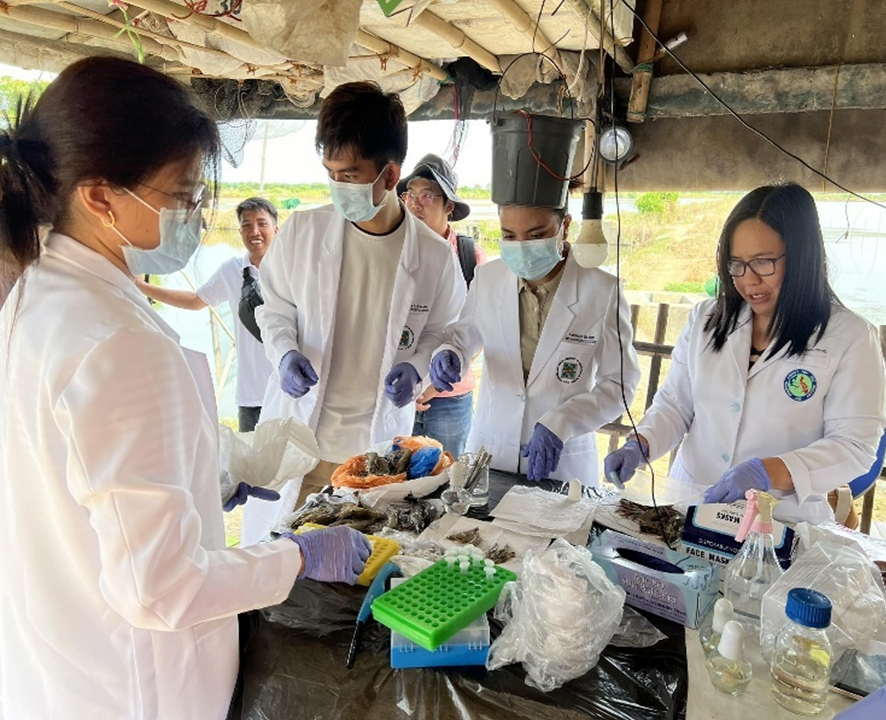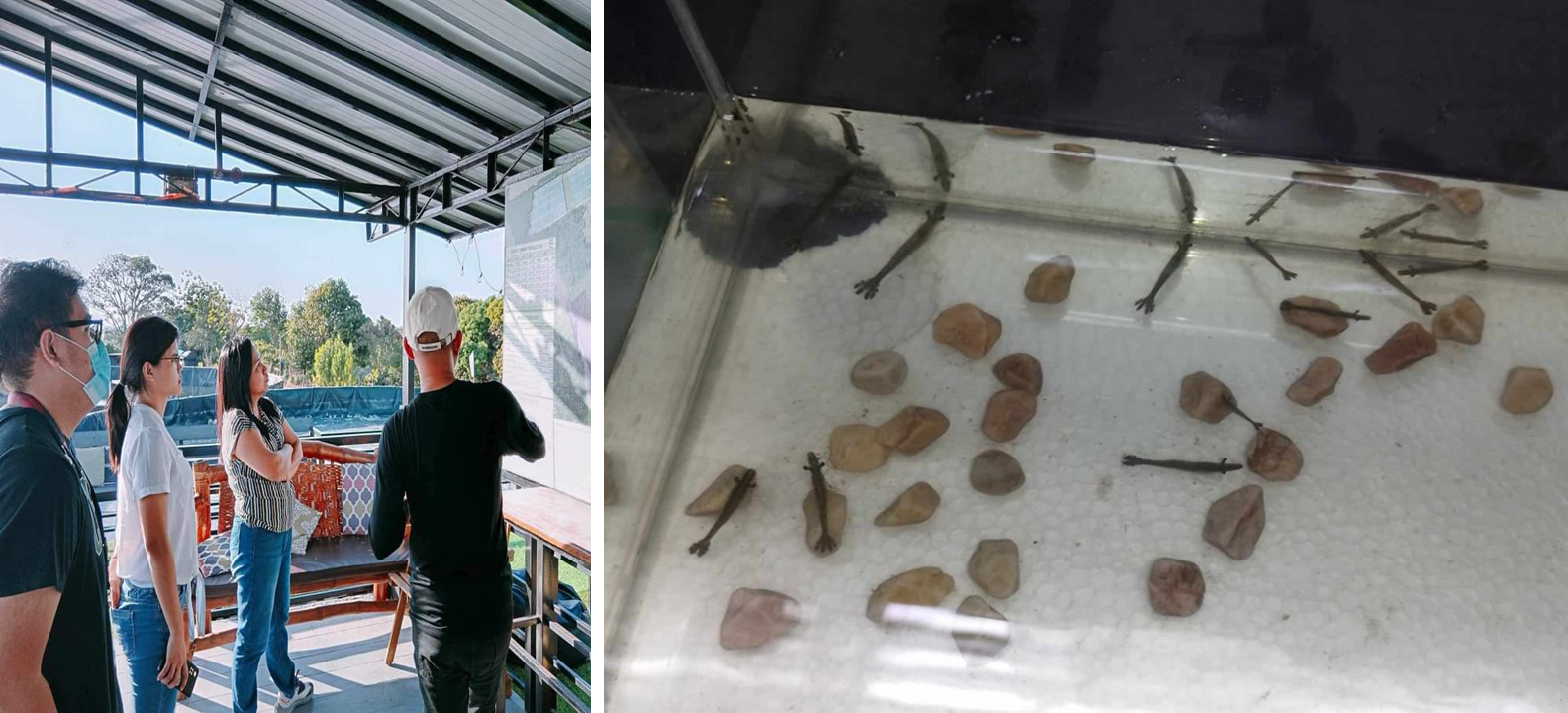
To control and neutralize White Spot Syndrome Virus (WSSV) in giant tiger prawn (Penaeus monodon), existing methodologies for local applications, particularly using RNA interference (RNAi), are being explored through a research and development project.
Shrimp production has been one of the major contributors to the country’s aquaculture sector’s economic growth and food security. The White Spot Disease (WSD), caused by WSSV, is a viral contagious disease that causes high mortality in shrimp and leads to major financial losses in the aquaculture industry.
To alleviate the economic effects of WSSV in giant tiger prawn, the project, “Targeting essential genes utilizing RNA interference to mitigate WSSV in tiger shrimp,” is being implemented by the University of Santo Tomas (UST). Funded by the Philippine Council for Agriculture, Aquatic and Natural Resources Research and Development of the Department of Science and Technology (DOST-PCAARRD), the project aims to gain a deeper understanding of host-virus interactions, targeting genes that may play a role in the infectivity or pathogenicity of WSSV.
The project uses RNAi, a proven genetic technique that works by “silencing” specific genes effectively. Gene silencing is a modification process wherein it inactivates previously active individual genes. In this project, researchers are using it to silence key genes in the virus that allow it to spread and cause illness in giant tiger prawn. This is done by introducing double-stranded RNA (dsRNA) that targets those viral genes, preventing them from functioning.
This RNAi-based technology will be developed to prevent the expression of target genes in the WSSV genome to prevent the ability of the virus to multiply and cause disease in giant tiger prawn.

An important part of the project is developing an “in vivo” method to produce these dsRNA molecules directly within living organisms, a step that could significantly boost the Philippines' capacity for biotechnology solutions.
In its first year, the project has already identified three viral genes that show promise as therapeutic targets for laboratory testing.
Throughout its implementation, the project seeks to mark a major step forward in protecting the livelihood of shrimp farmers and securing the future of the country’s shrimp aquaculture industry.

